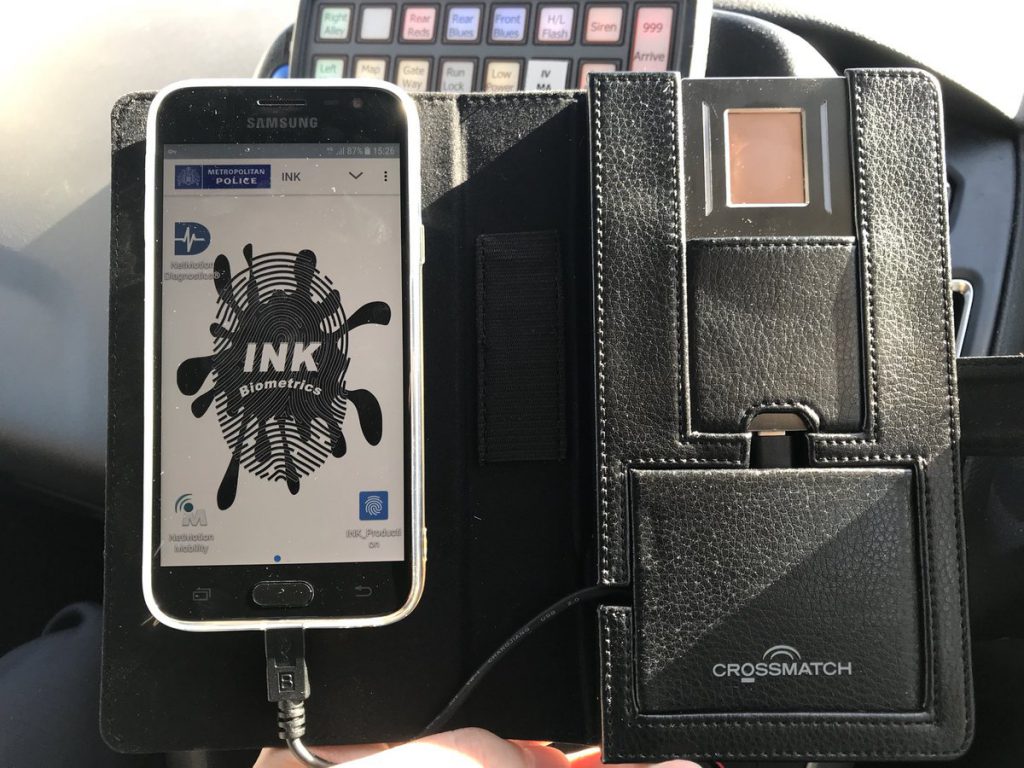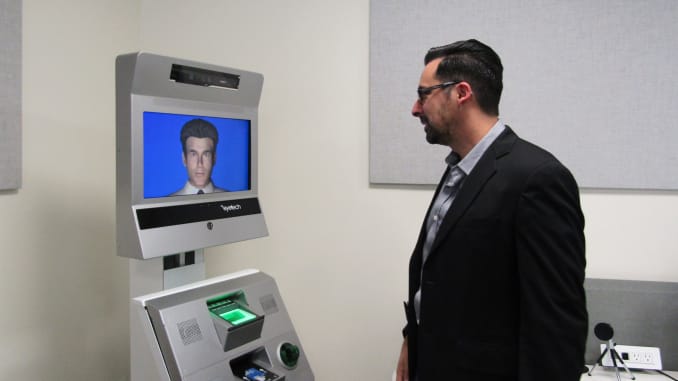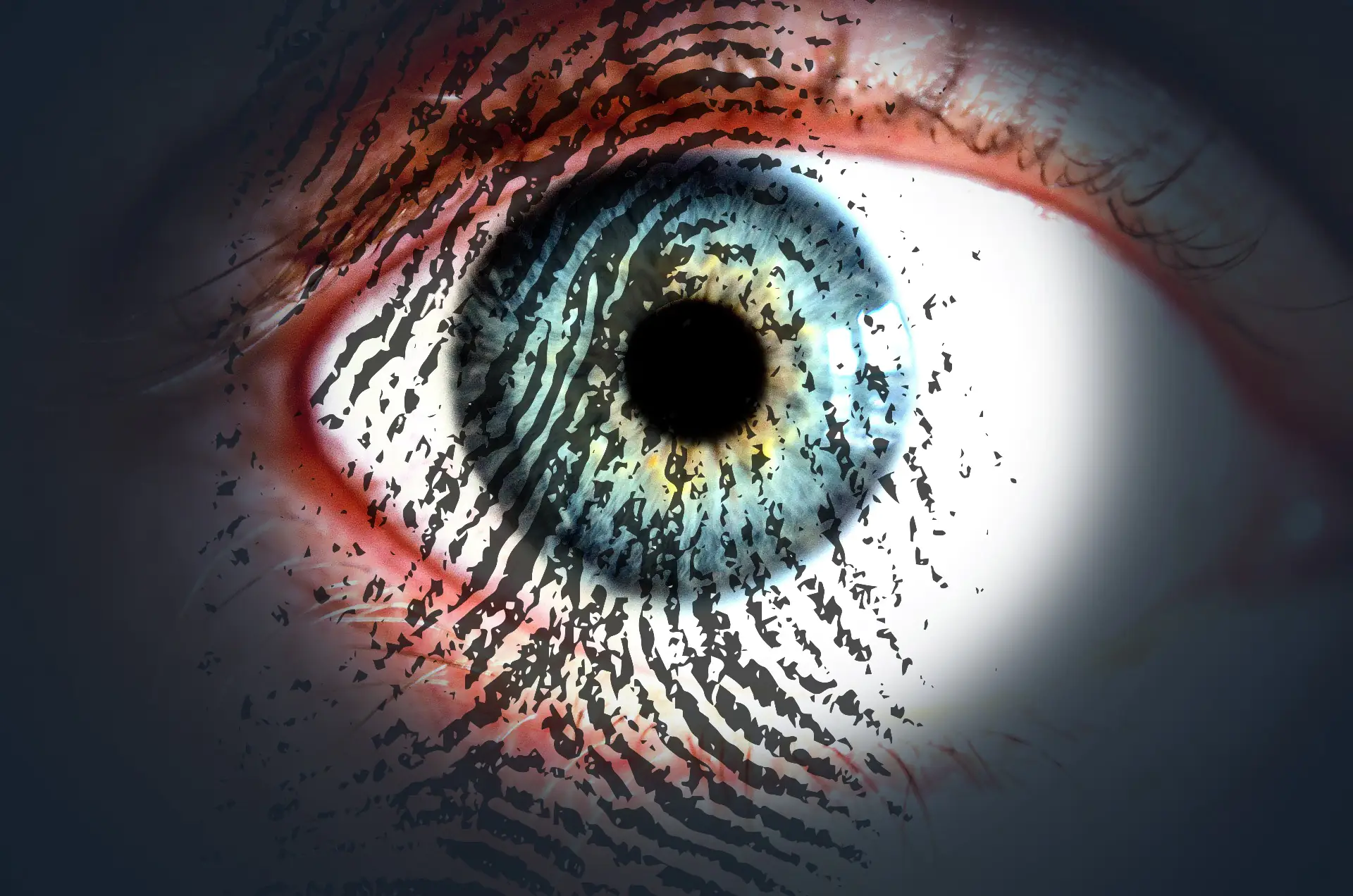Police biometrics is going through a rapid evolution of technology development, led by organizations such as the FBI who are making useful systems available to local law enforcement agencies. In this article we take a look at a few examples currently in-use across the world.
London’s INK Fingerprint Device

Nowadays even the use of fingerprints to identify suspects has gone high-tech. London’s Metropolitan Police Service has developed a mobile biometric device named INK (Identity Not Known), which can scan suspects’ fingerprints and confirm a known criminal within 60 seconds.
The device uses software placed on an Android smartphone paired with a fingerprint reader. Using a secure connection, it communicates with the Biometric Services Gateway, which has been developed by the Home Office. Then, the technology searches databases from the Criminal Records Office and Immigration Enforcement department.
Fingerprints are only taken where there is legal cause under the Police and Criminal Evidence Act. But the Met Police have said that the portable fingerprint device will save both officer time and public money, by allowing faster identification of wanted offenders and by removing the need for officers to return to base.
AVATAR

(Image source: CNBC.com)
Lie-detecting robots using biometric sensors have already begun to pop up in airport kiosks. A team of scientists led by Jay Nunamaker has developed an automated system of deception detection called AVATAR (Automated Virtual Agent for Truth Assessments in Real-Time).
The robot uses eye detection software along with an array of sensors to pick up on the physiological signs that indicate a person is lying and, once it becomes suspicious, it can flag the passenger for further inspection.
“We’re always consistently above human accuracy,” said Elkins, who worked on the technology with a team of researchers that included the University of Arizona.
According to the Financial Times, the AVATAR as a deception-detection judge has a success rate of 80 to 85 percent. The system has already begun tests with the Canadian Border Services Agency, and it’s hoped that this can soon help agents screen for criminals and even potential terrorists.
The FBI’s NGI System

(Image source: flickr.com/photos/secunews)
The FBI has developed a system called Next Generation Identification (NGI), “which provides the criminal justice community with the world’s largest and most efficient electronic repository of biometric and criminal history information.”
Not to be outdone by London, NGI’s capabilities include a mobile fingerprint device that can identify a person in less than 10 seconds and is available to law enforcement departments The CJIS Division of the FBI has also increased the accuracy of its fingerprint-matching algorithm from 92% to more than 99.6%.
Other capabilities of the NGI system include law enforcement access to palm prints, facial recognition matching to over 30 million mug-shot photos, and access to the ‘Rap Back’ service. Rap Back allows authorized agencies to gain continuous updates on the activities of people in positions of trust (e.g. teachers) or those who are under criminal justice supervision/investigation. This eliminates the need for continuous background checks. The FBI is also running an Iris Pilot to evaluate technology and best practises that will increase the usability of iris biometrics.
Biometric technology certainly holds potential value for law enforcement agencies, including the facilitation of fast and valid identification when personal information is suspicious.

